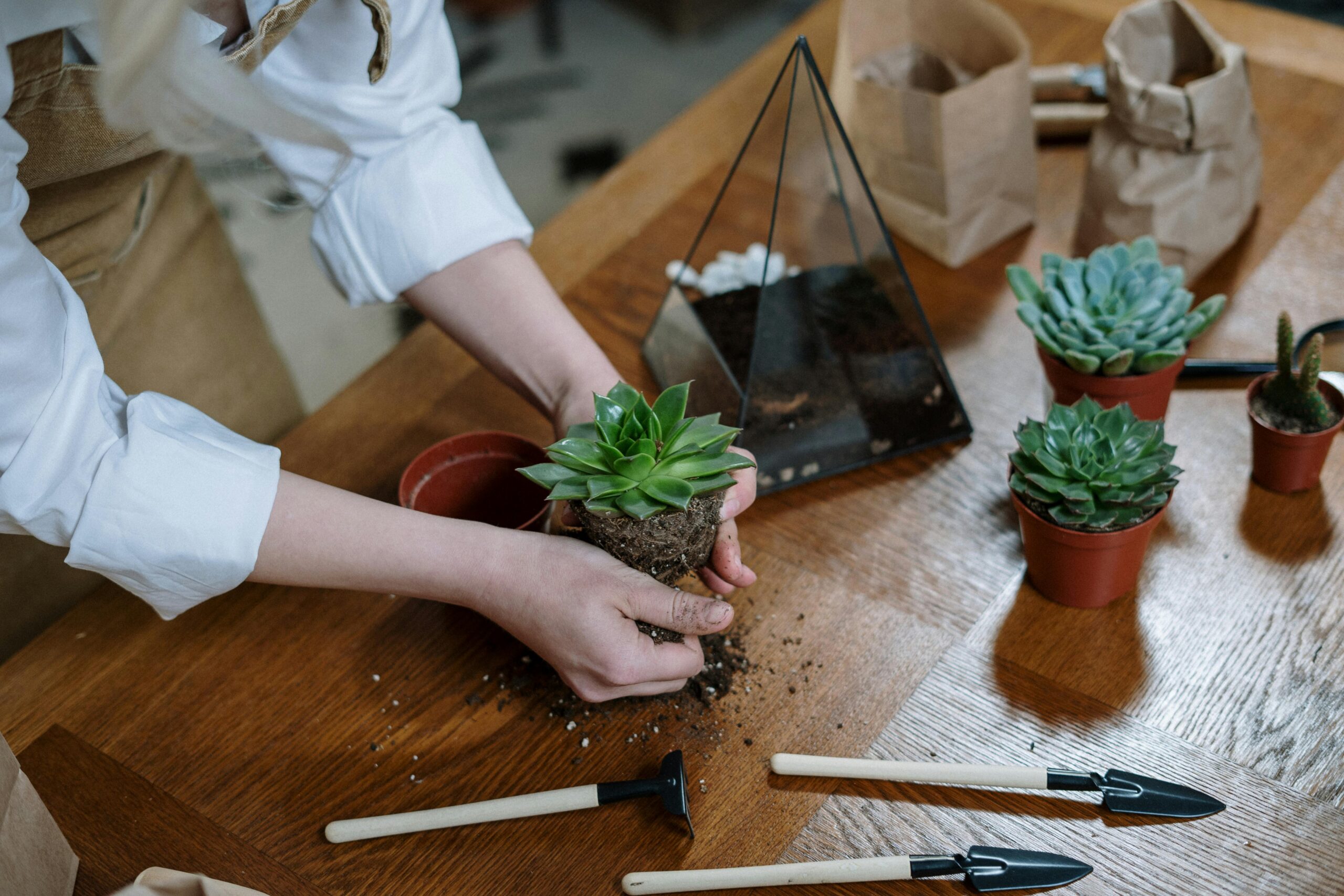If you are looking to add beautiful, low-maintenance plants to your indoor or outdoor space, succulent are an excellent choice. These fascinating plants with unique shapes and colors have gained popularity in recent years and for a good reason. Succulents are known for their ability to store water in their leaves, stems, and roots, making them drought-tolerant and easy to care for.
Light RequirementsOne of the most important factors to consider when caring for succulents is their light requirements. Most succulents thrive in bright, indirect light. Place them near a window or in a well-lit area, but be cautious of direct sunlight, as it can scorch the leaves. If you notice your succulent stretching towards the light, it may be an indication that it needs more sun exposure.

WateringAs succulents store water in their leaves, their watering needs differ from other plants. They do not require frequent watering and may even rot if overwatered. A general rule of thumb is to water your succulents thoroughly but infrequently. Between waterings, let the soil dry out. Opt for a well-draining soil mix and ensure that the pots have drainage holes to prevent water from sitting in the roots.
TemperatureMost succulents prefer warm temperatures ranging between 70-85°F (21-29°C). While they can tolerate lower temperatures, it’s best to protect them from frost and extreme cold. If you live in a region with colder winters, consider bringing your outdoor succulents indoors or providing them with additional protection.
Propagation
If you want to expand your succulent collection or share them with others, propagation is a fantastic way to do so. There are several ways to propagate succulents, including division, stem cuttings, and leaf cuttings.. Simply remove a healthy leaf or stem, allow it to callus for a few days, and then place it in well-draining soil. Keep the soil slightly moist until new roots and leaves form.
Pests and Diseases
While succulents are generally hardy, they can still fall victim to pests and diseases. Mealybugs, scale insects, and spider mites are common pests. Regularly inspect your succulents for any signs of infestation and treat them promptly if necessary. Overwatering can lead to root rot and fungal diseases, so it’s essential to maintain proper watering practices to prevent these issues.
Popular Succulent Varieties
Variety Description
Echeveria A rosette-shaped succulent with fleshy leaves in various colors like green, pink, purple, or blue.
Haworthia are Small, spiky succulents with patterned leaves that form rosettes. They are great for indoor settings.
Aloe Known for its medicinal properties, aloe plants have thick, lance-shaped leaves and vibrant flowers.
Sedum A diverse group of succulents that come in various shapes and sizes, from creeping ground covers to tall upright plants.
Conclusion
Succulents are wonderful plants that can bring beauty and tranquility to any space. By understanding their light requirements, watering needs, and providing them with the right care, you can enjoy their stunning foliage without much effort. Whether you are a seasoned indoor gardener or just starting your journey with plants, succulents are an excellent choice.

Remember to regularly inspect your succulents for any signs of pests or diseases and take appropriate action to keep them healthy. With their unique shapes and colors, succulents will surely bring a touch of nature’s elegance to your home or garden.

